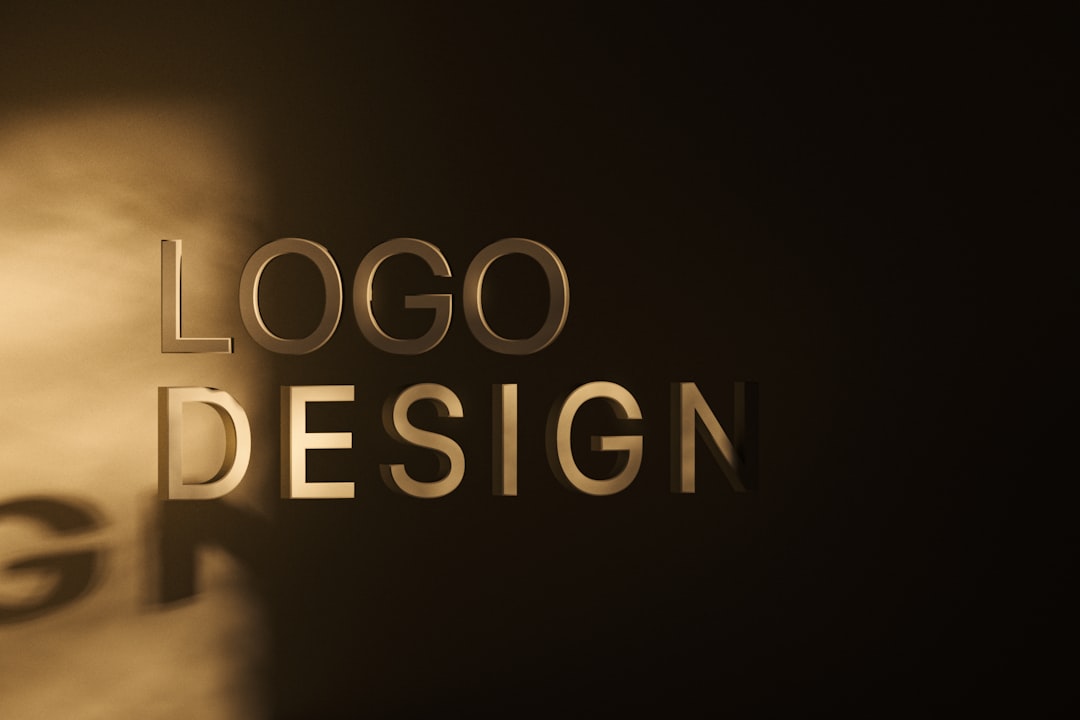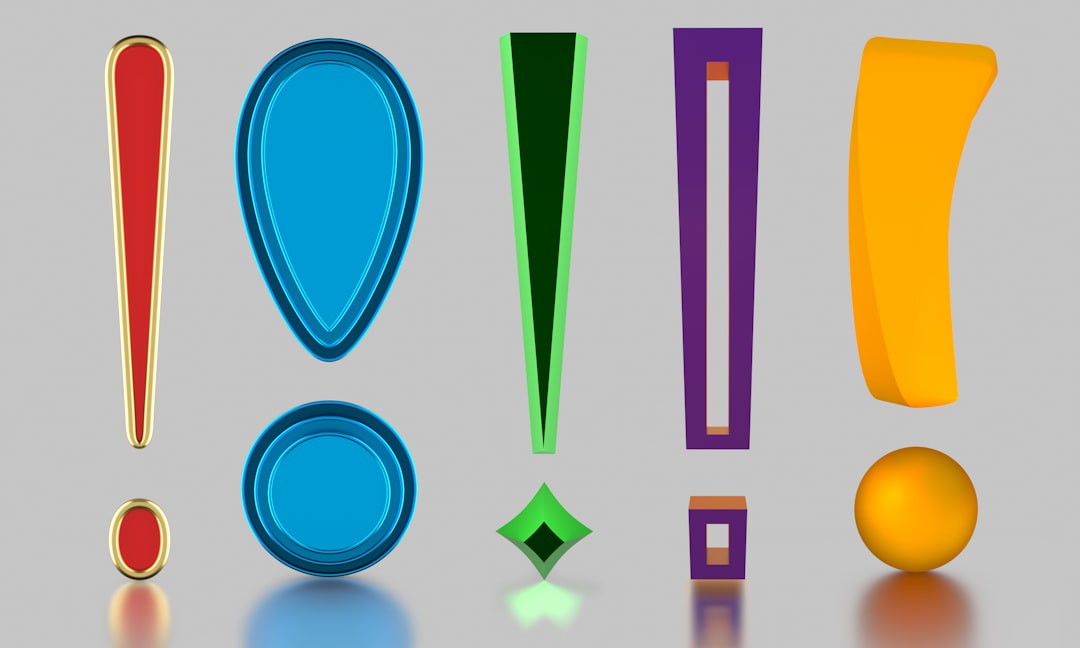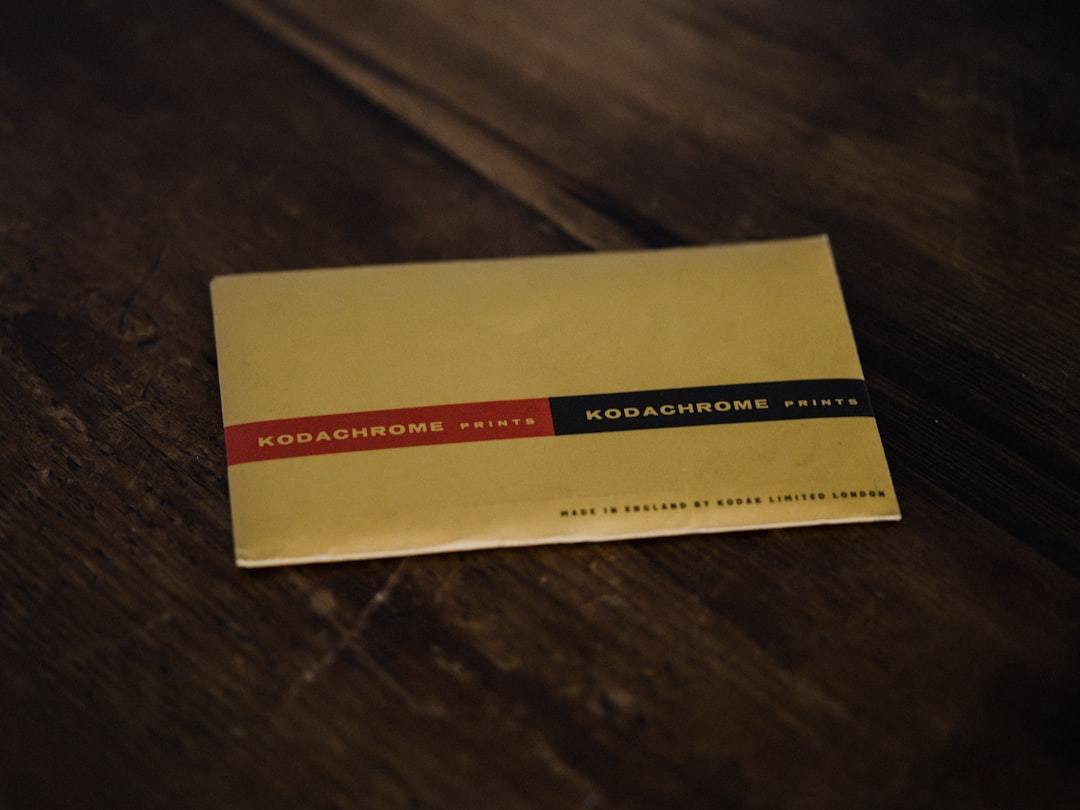Creating a professional and memorable logo is one of the most important steps when building a brand. For beginners, the process can feel overwhelming due to the numerous styles, color options, and tools available. However, with the right approach and proper tools, designing a logo can be both manageable and rewarding.
Why a Logo Matters
Your logo is more than just a visual mark; it’s the face of your brand. It communicates your identity, values, and professionalism in a split second. A well-designed logo helps build trust, makes your business more recognizable, and sets you apart from your competitors.
Key Principles of Effective Logo Design
Before diving into design tools, it’s critical to understand the core principles of good logo design:
- Simplicity: A simple logo is easier to recognize and more versatile.
- Memorability: A great logo should be distinctive and leave a lasting impression.
- Timelessness: Avoid trends that fade. A good logo should look just as relevant in 10 years.
- Versatility: Your logo should look good in black and white, on screens, and in print.
- Relevance: The design should align with your brand’s message and target audience.

Step-by-Step Guide to Designing Your First Logo
- Understand Your Brand
Before opening any design tool, take time to understand what your brand stands for. What are your values, target audience, and unique selling points? Crafting a logo without this clarity can result in a weak visual identity. - Find Inspiration
Browse through logo galleries, design websites, and even competitor brands. Note what you like and dislike. Pay attention to shapes, colors, and typography. - Choose Your Design Style
Determine whether your logo should be classic, modern, playful, or sophisticated. Your industry and audience will guide this decision. - Select The Right Type of Logo
There are several types to choose from, including:- Wordmark: Font-based logos (like Google or Coca-Cola).
- Lettermark: Initials-based logos (like IBM).
- Iconic/Symbolic: Picture-based logos (like Apple).
- Combination: Text + symbol (like Adidas).
- Pick Your Colors Wisely
Colors evoke emotion and must align with your brand tone. For example, blue signifies trust, red conveys energy, and green suggests growth or nature. Keep it simple by using two or three complementing colors. - Typography Matters
Choose a font that reflects your brand’s character — serif fonts convey tradition while sans-serif fonts feel more modern. Avoid overly decorative fonts that hinder readability. - Start Sketching
You don’t need perfect art skills. Begin with rough sketches to visualize various possibilities. This helps refine ideas before committing to digital tools. - Digitize Your Logo
Once you’re happy with a concept, move to a design platform to bring the idea to life.

Best Tools for Beginner Logo Designers
You don’t need expensive software to design a great first logo. Here are some beginner-friendly tools that are both accessible and powerful:
- Canva: Offers pre-made templates and an intuitive drag-and-drop interface. Ideal for beginners who want quick results.
- Looka: An AI-powered tool that generates logo variations based on your preferences and industry.
- Hatchful by Shopify: Easy-to-use and tailored for e-commerce brands.
- Adobe Express: A simplified version of Adobe’s robust design suite, offering customizable logo templates.
- Inkscape: A free, open-source vector graphic editor for more technically inclined users.
Final Checks Before You Launch
Once your logo is complete, assess it with the following checklist:
- Is it clear and legible at different sizes?
- Does it make sense visually and conceptually?
- Does it stand out from competitors?
- Is it scalable for web, print, and merchandise?
If it passes this test, you’re ready to implement your new logo across your brand assets.

Conclusion
Logo design might seem daunting at first, but with a structured process and beginner-friendly tools, anyone can create a strong logo that reflects their brand. Keep it simple, stay consistent with your brand’s identity, and don’t forget to have fun with the creative journey.
